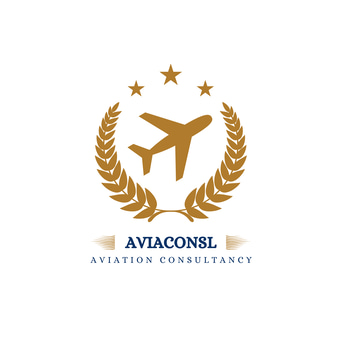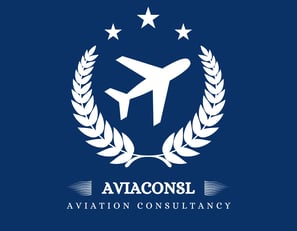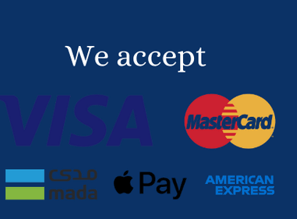Legal Challenges in Licensing Charter Operators in Regulated Markets
Barriers for New Entrants
Charter aviation has become one of the fastest-growing sectors in the aviation industry offering flexibility for businesses and individuals who require customized air travel solutions beyond regular scheduled flights however entering this market as a new operator in highly regulated markets presents significant legal barriers related to licensing operational restrictions compliance with local and international laws and financial sustainability governments and aviation authorities impose strict regulations on charter operators to ensure safety maintain fair competition and prevent illegal charter activities but these regulations often turn into an obstacle for new entrants making it difficult for investors to break into the sector due to the complexities of legal requirements and the high costs of regulatory compliance
One of the primary challenges new charter operators face is the process of obtaining an air operator certificate AOC which is a mandatory regulatory requirement before commencing commercial operations this certification involves strict adherence to safety maintenance and operational standards which vary significantly between jurisdictions such as the General Civil Aviation Authority GCAA in the UAE the Federal Aviation Administration FAA in the United States and the European Union Aviation Safety Agency EASA obtaining an AOC is not a simple administrative procedure it often requires months or even years of rigorous inspections financial disclosures operational assessments and detailed review of management structures and maintenance programs in some cases aviation authorities require operators to submit five-year business plans which can be difficult for new companies that have yet to establish a stable client base and long-term financial sustainability
Another major barrier is the competitive nature of regulated charter markets where authorities often limit the number of operators through strict licensing quotas or market access restrictions designed to protect existing companies and prevent market oversaturation in some countries only a predetermined number of charter operators are allowed to function based on an economic needs assessment rather than a simple regulatory approval process making it nearly impossible for new entrants to obtain licenses even if they meet all safety and operational requirements in some Gulf states for instance regulations prohibit charter operators from conducting domestic flights between airports within the same country forcing them to focus only on international operations which are subject to significantly higher operational costs and additional licensing requirements
Financial constraints are another significant challenge as the process of launching a charter operation requires substantial investments not only in aircraft acquisition and operational costs but also in regulatory fees compliance audits and liability insurance obtaining an AOC comes with hefty administrative costs while the legal and financial obligations imposed on new entrants can be overwhelming in a well-documented case a group of investors in Europe attempted to establish a new charter airline but failed due to the excessive insurance requirements imposed by the authorities which mandated a minimum liability coverage of over 10 million euros per aircraft leading to the company’s financial collapse before it even began operations
Many new charter operators try to overcome entry barriers by collaborating with charter brokers who connect operators with potential clients without requiring them to invest heavily in direct sales and marketing however regulatory frameworks in some markets impose strict limitations on the role of brokers preventing the indirect marketing of charter services through unlicensed third parties this complicates efforts to establish a stable customer base without violating aviation regulations in the United States for example brokers are legally required to work only with fully licensed charter operators and operators themselves must clearly disclose their legal status avoiding total dependence on brokers for bookings failure to comply with these regulations could lead to accusations of illegal charter operations and regulatory penalties
To facilitate the entry of new charter operators and create a more competitive market aviation authorities and governments need to reassess the current regulatory landscape to ensure fair and transparent licensing procedures reducing excessive government fees related to regulatory approvals and certifications that often hinder startups eliminating unnecessary market entry barriers that limit competition and favor established players allowing greater flexibility for operators to collaborate with charter brokers while ensuring that such partnerships remain compliant with aviation safety and transparency standards
The future of charter aviation depends on achieving a balance between regulatory oversight and economic viability while ensuring that aviation safety remains the top priority overly stringent licensing requirements and excessive regulatory hurdles may discourage innovation and investment whereas a lack of oversight could compromise passenger safety and create an environment of legal uncertainty authorities must work towards creating a framework that upholds high safety standards while also fostering opportunities for new entrants to participate in the market ensuring long-term industry growth and sustainability




